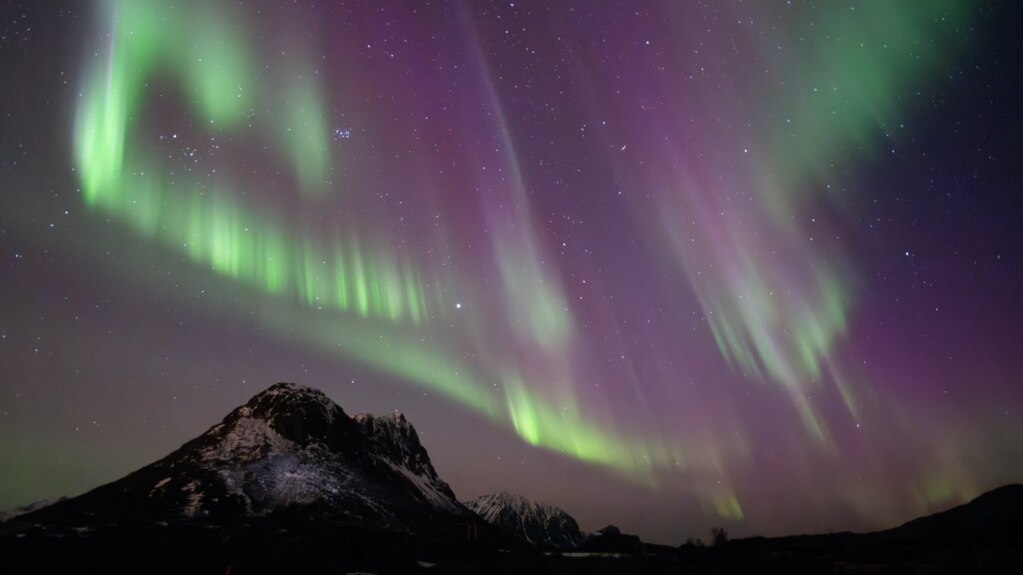New research suggests that the sun’s magnetic field forms much closer to the surface than scientists had thought. The finding could help predict periods of extreme solar storms like the ones that hit Earth earlier this month.
The magnetic field appears to form 32,000 kilometers under the sun’s surface. Earlier estimates suggested the formation began more than 209,000 kilometers below the sun’s surface, an international team reported last week.
The sun’s strong magnetic energy is the source of solar flares and bursts of plasma known as coronal mass ejections. Plasma is a gas that creates an electromagnetic field. When directed toward Earth, the bursts create colorful displays in the sky. Such displays are also known as auroras. Auroras can also affect power and communications.
Geoffrey Vasil is a professor at the University of Edinburgh’s School of Mathematics. He is a lead writer of the new study, which appeared in the publication Nature. Vasil said, "We still don’t understand the sun well enough to make accurate predictions” of space weather.”
The Italian scientist Galileo was among the first astronomers to study sunspots. He did so in the early 1600s. Solar flares and coronal mass ejections often occur near sunspots. The dark spots as big as Earth are located near the most intense parts of the sun’s changing magnetic field.
Vasil and his team created new models of the interaction between the sun’s magnetic field and the flow of plasma. The interaction varies at different latitudes during an 11-year cycle. The team then entered their calculations into a NASA supercomputer in California. The results suggested a shallow magnetic field. More research is needed to confirm the finding, however.
The new knowledge should improve long-term solar forecasts, permitting scientists to better predict the strength of the sun’s future cycles. The sun is nearing its peak level of activity in the current 11-year cycle. This is a reason for the recent solar storms.
Strong solar flares and outbursts of billions of tons of plasma earlier this month created severe solar storms that produced auroras in unexpected places. Earlier this month, the sun released its biggest solar flare in almost 20 years, but it avoided Earth.
Daniel Lecoanet is a professor at Northwestern University in Illinois. He is one of the study’s co-writers. He said better understanding of the sun can help make sure that "we are prepared for when the next storm — potentially much more dangerous — hits Earth.”
I’m Dan Novak.

